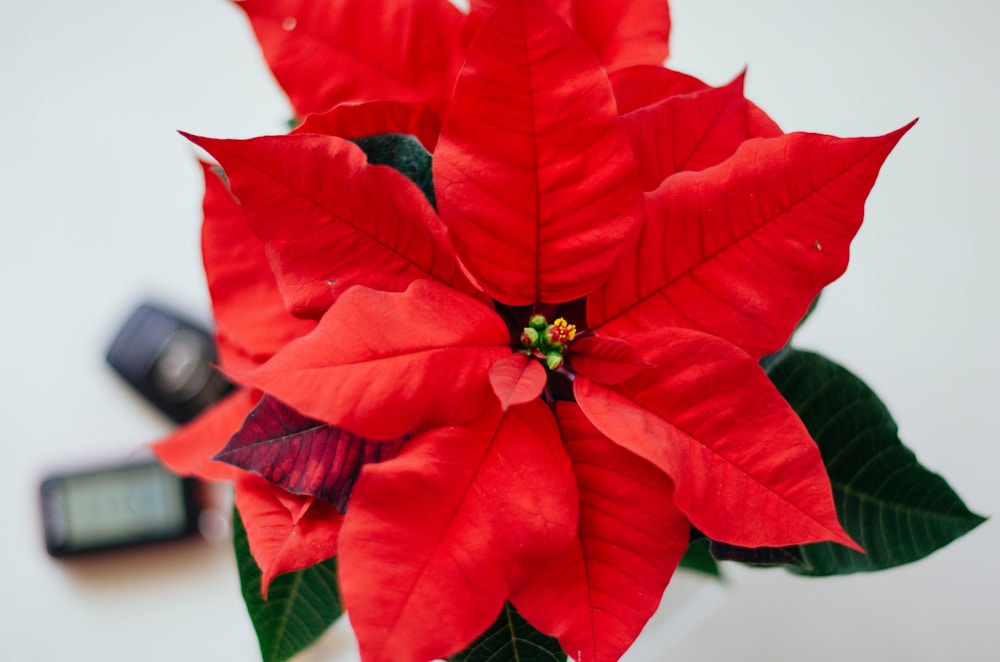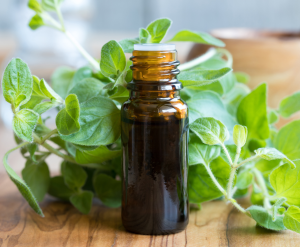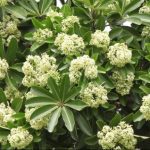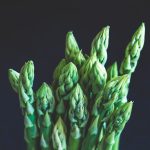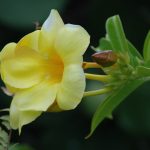Introduction: Did You Know Your Holiday Plant May Have Medicinal Value?
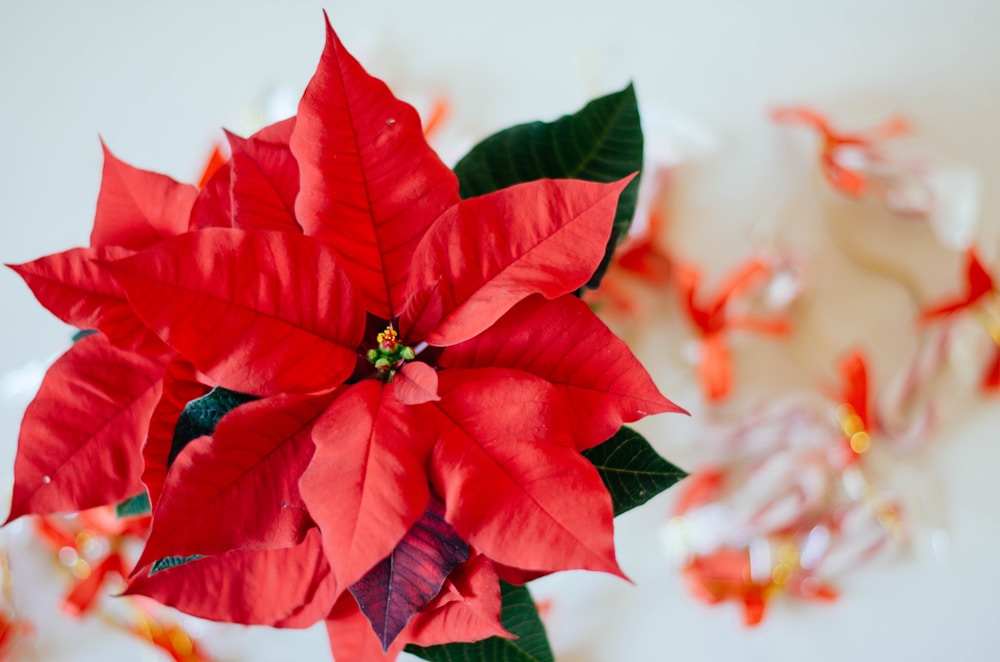
The poinsettia, often celebrated for its vibrant red and green holiday charm, is more than just a festive decoration. While many associate this plant solely with Christmas, ancient cultures recognized its potential for healing. Let’s explore the little-known poinsettia medicinal uses, including its role in traditional medicine and its safety considerations.
Table of Contents
What Is Poinsettia?
A Brief Botanical Overview
Poinsettia (Euphorbia pulcherrima) is a flowering plant native to Mexico and Central America. It belongs to the Euphorbiaceae family and is known for its striking bracts—often mistaken for flower petals—that turn bright red in winter. Indigenous people, especially the Aztecs, historically used the poinsettia in various medicinal and ritualistic practices.
Traditional Poinsettia Medicinal Uses
Healing Practices of the Aztecs

The Aztecs referred to poinsettia as Cuetlaxochitl, meaning “flower that grows in residues.” They used its red bracts as a dye and its sap for medicinal remedies.
Common Traditional Uses
- Topical application for skin infections
- Pain relief for toothaches and fevers
- Laxative properties for digestive issues
These uses were often passed down through generations and integrated into indigenous healing systems.
Poinsettia Latex: Myths vs. Medicinal Potential
Is Poinsettia Poisonous?
Many believe poinsettias are toxic, but research shows they are only mildly irritating if ingested. The milky latex sap contains compounds that can cause skin rashes or gastrointestinal upset in sensitive individuals but are generally not life-threatening.
Source: Poison Control Center – American Association of Poison Control Centers
Medicinal Possibilities of Latex
Despite its irritant reputation, the latex has been traditionally applied externally to treat:
- Skin warts
- Rashes
- Mild fungal infections
Note: Always consult a healthcare professional before applying plant sap to skin.
Modern Herbal Insight on Poinsettia
Research and Limitations
Currently, modern science has limited clinical studies validating the medicinal efficacy of poinsettia. However, herbalists and ethnobotanists continue to study plants in the Euphorbia family for anti-inflammatory and antimicrobial properties.
Potential Therapeutic Compounds
While specific compounds in poinsettia are still under examination, plants from this genus are known to contain:
- Triterpenoids – may offer anti-inflammatory effects
- Flavonoids – support antioxidant activities
These compounds are commonly found in medicinal plants, suggesting that poinsettia might have untapped potential.
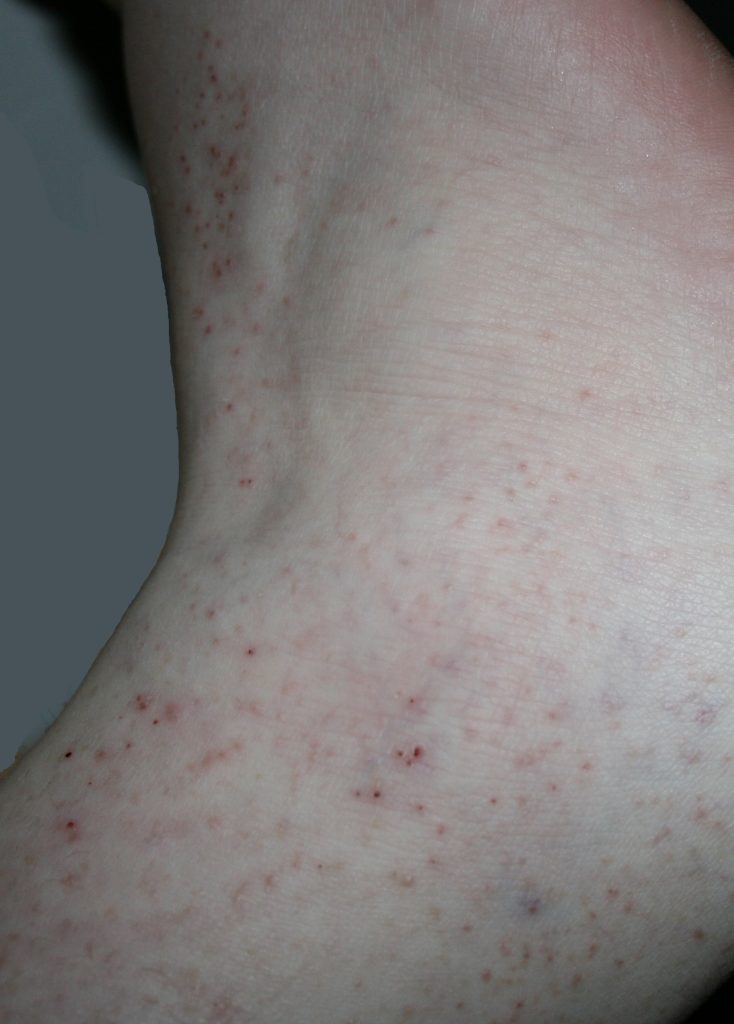
Safety and Precautions
Who Should Avoid Poinsettia-Based Remedies
Due to the latex content, certain individuals should avoid experimenting with poinsettia medicinal uses:
- People with latex allergies
- Children and pets, due to potential stomach irritation
- Individuals with sensitive skin
Safe Handling Practices
- Wear gloves when trimming or harvesting
- Wash skin thoroughly if sap contacts it
- Do not ingest any part of the plant without expert guidance
Related Medicinal Plants in the Euphorbia Family
Easy-to-Rank Related Keywords
If you’re interested in the broader medicinal potential of this plant family, consider exploring:
- Euphorbia hirta uses – often used for asthma and bronchitis
- Euphorbia prostrata benefits – known for anti-inflammatory support
- Euphorbia thymifolia medicinal uses – used traditionally for skin ailments
These relatives of poinsettia are more documented in herbal medicine and provide context for further research.
Final Thoughts: Is Poinsettia Worth Exploring Medicinally?
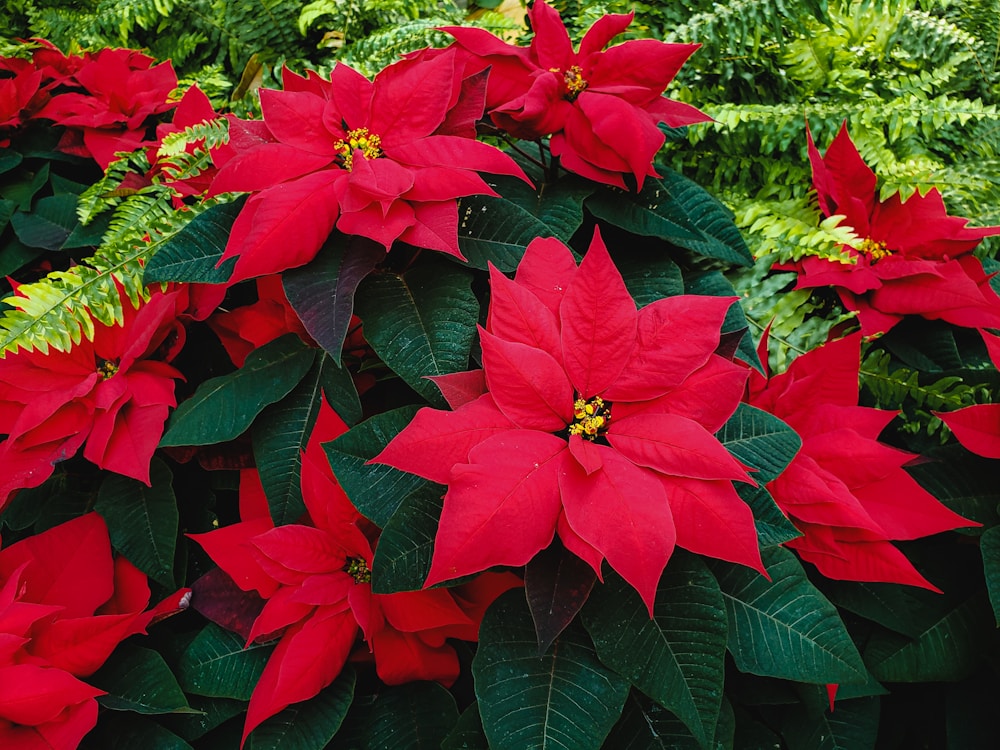
Though poinsettia is primarily valued as a decorative plant, historical use and early research suggest it may hold mild medicinal properties—especially in topical applications. However, due to its potential irritant effects, caution is crucial. This plant offers a fascinating blend of tradition, beauty, and mystery that continues to spark scientific interest.
Call to Action
Are you fascinated by the hidden medicinal uses of everyday plants like poinsettia? Explore more herbal wisdom on The Planttube Blog and stay updated with science-backed plant-based remedies. For expert-reviewed herbal guides, visit reputable sources such as:

